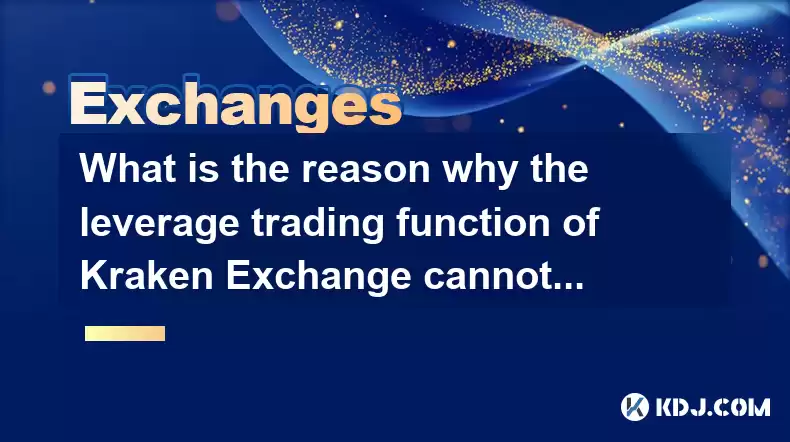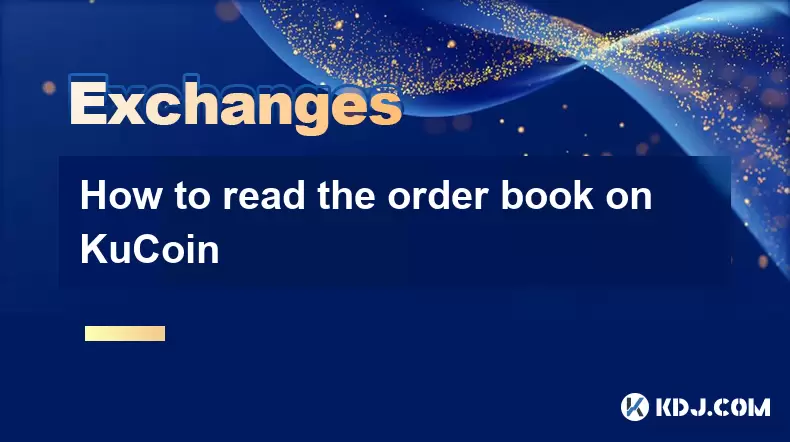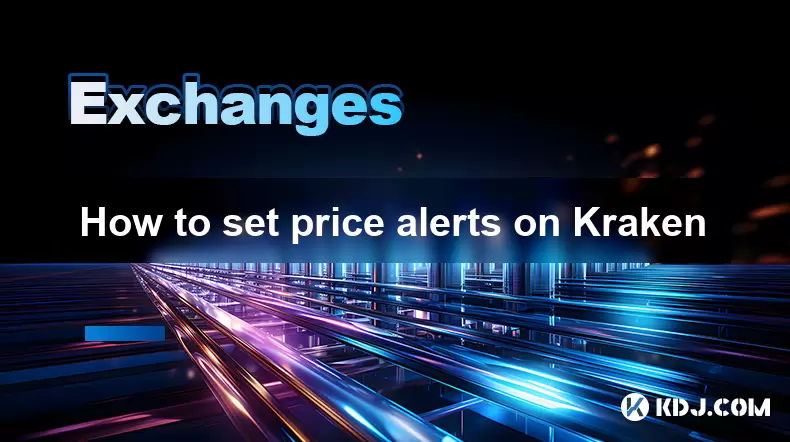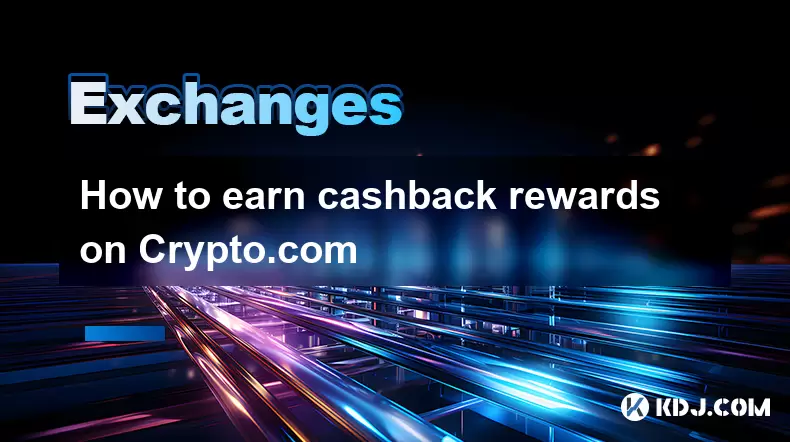-
 Bitcoin
Bitcoin $119000
-2.21% -
 Ethereum
Ethereum $4315
1.01% -
 XRP
XRP $3.151
-3.11% -
 Tether USDt
Tether USDt $0.0000
0.00% -
 BNB
BNB $808.5
-0.71% -
 Solana
Solana $175.8
-4.21% -
 USDC
USDC $0.9999
0.00% -
 Dogecoin
Dogecoin $0.2250
-3.92% -
 TRON
TRON $0.3469
1.77% -
 Cardano
Cardano $0.7818
-3.81% -
 Chainlink
Chainlink $21.47
-2.10% -
 Hyperliquid
Hyperliquid $43.30
-6.81% -
 Stellar
Stellar $0.4370
-2.84% -
 Sui
Sui $3.682
-4.40% -
 Bitcoin Cash
Bitcoin Cash $590.8
2.67% -
 Hedera
Hedera $0.2484
-5.20% -
 Ethena USDe
Ethena USDe $1.001
0.00% -
 Avalanche
Avalanche $23.10
-4.29% -
 Litecoin
Litecoin $119.2
-3.96% -
 Toncoin
Toncoin $3.409
0.90% -
 UNUS SED LEO
UNUS SED LEO $9.016
-1.29% -
 Shiba Inu
Shiba Inu $0.00001304
-3.82% -
 Uniswap
Uniswap $11.18
1.33% -
 Polkadot
Polkadot $3.913
-3.51% -
 Cronos
Cronos $0.1672
-3.08% -
 Dai
Dai $1.000
0.02% -
 Ethena
Ethena $0.7899
-4.70% -
 Bitget Token
Bitget Token $4.400
-1.23% -
 Pepe
Pepe $0.00001132
-5.93% -
 Monero
Monero $257.9
-6.44%
What is the reason why the leverage trading function of Kraken Exchange cannot be used?
Kraken's leverage trading may be unavailable due to account restrictions, insufficient collateral, market volatility, regulatory limitations, or technical issues; check your account status and margin, and contact support if needed.
Mar 17, 2025 at 07:55 am

Key Points:
- Kraken's leverage trading functionality may be unavailable due to account restrictions, insufficient collateral, market conditions, regulatory limitations, or technical issues.
- Understanding your account status, margin requirements, and risk tolerance is crucial before attempting leveraged trading.
- Troubleshooting involves checking your account settings, available margin, and contacting Kraken support.
- Regulatory changes and market volatility significantly impact the availability of leveraged trading.
What is the reason why the leverage trading function of Kraken Exchange cannot be used?
Leverage trading, while offering the potential for amplified profits, carries significant risk. Kraken, like other exchanges, implements various safeguards to protect users and maintain platform stability. The inability to access leverage trading on Kraken can stem from several interconnected factors. Let's explore them in detail.
Account Restrictions:
Kraken may restrict access to leverage trading for certain account types. New accounts, accounts with insufficient trading history, or those flagged for potential risk might face limitations. Verifying your identity and completing the Know Your Customer (KYC) process fully is essential to unlock all trading features. This process helps Kraken comply with regulations and assess the risk profile of each user.
Insufficient Collateral:
Leverage trading requires sufficient collateral, usually in the form of cryptocurrency held in your Kraken account. If your available margin is below the minimum required for a specific trade, the leverage option will be unavailable. The required margin varies based on the asset being traded and the leverage multiplier selected. Carefully monitor your margin balance to avoid forced liquidations.
Market Conditions:
Volatile market conditions can temporarily disable leverage trading. During periods of extreme price swings or high trading volume, Kraken might temporarily suspend leverage trading to mitigate risk and prevent cascading liquidations. This is a protective measure to ensure the stability of the platform and protect users from unexpected losses.
Regulatory Limitations:
Jurisdictional regulations play a significant role in determining the availability of leverage trading. Kraken must comply with local laws and regulations in each region it operates. Certain jurisdictions may have strict limitations or outright bans on leveraged trading, restricting access for users residing in those areas. Understanding the regulatory landscape is crucial.
Technical Issues:
Occasionally, technical glitches or maintenance on the Kraken platform can temporarily disable certain features, including leverage trading. These issues are usually temporary, and Kraken typically announces any planned maintenance or outages. Checking the Kraken status page or social media channels for updates is recommended.
Understanding Margin Requirements:
Before engaging in leveraged trading, it's critical to understand the margin requirements. Kraken clearly outlines these requirements for each asset and leverage level. Failing to meet these requirements will prevent you from opening leveraged positions. Always calculate your potential losses carefully, as leveraged trades can result in substantial losses exceeding your initial investment.
Risk Tolerance and Responsible Trading:
Leverage trading significantly amplifies both profits and losses. Only engage in leveraged trading if you have a high-risk tolerance and a thorough understanding of the associated risks. Never invest more than you can afford to lose. Consider using smaller position sizes initially to gain experience and assess your risk management capabilities.
Troubleshooting Steps:
If you're unable to access leverage trading, consider these troubleshooting steps:
- Verify your account status: Ensure your account is fully verified and meets Kraken's requirements for leverage trading.
- Check your available margin: Make sure you have sufficient collateral to meet the margin requirements of your desired trade.
- Review Kraken's announcements: Look for any announcements regarding temporary suspensions of leverage trading due to market conditions or technical issues.
- Contact Kraken support: If you've checked all the above and still can't access leverage trading, contact Kraken's customer support for assistance.
Common Questions:
Q: My account is verified, but I still can't use leverage. What should I do?
A: Check your available margin. Insufficient funds will prevent leverage trading. Also, review Kraken's announcements for any temporary suspensions. If neither applies, contact Kraken support.
Q: Are there any fees associated with leverage trading on Kraken?
A: Yes, Kraken charges funding fees and potentially liquidation fees depending on your leveraged position. Review their fee schedule for details.
Q: How can I reduce the risk of liquidation in leveraged trading?
A: Use lower leverage multipliers, carefully monitor your positions, and implement stop-loss orders to limit potential losses. Understanding margin calls is crucial.
Q: What happens if my leveraged position gets liquidated?
A: Kraken will automatically close your position to cover losses, potentially resulting in significant losses exceeding your initial investment.
Q: Is leverage trading always available on Kraken?
A: No, Kraken may temporarily suspend leverage trading due to market volatility, technical issues, or regulatory changes. Check their platform for updates.
Disclaimer:info@kdj.com
The information provided is not trading advice. kdj.com does not assume any responsibility for any investments made based on the information provided in this article. Cryptocurrencies are highly volatile and it is highly recommended that you invest with caution after thorough research!
If you believe that the content used on this website infringes your copyright, please contact us immediately (info@kdj.com) and we will delete it promptly.
- Arc Blockchain: Circle's Layer-1 Play Amidst $428 Million Loss
- 2025-08-12 20:30:13
- XRP Price: Riding the Bull Cycle Wave or Hitting a Wall?
- 2025-08-12 20:50:12
- Cloud Mining in 2025: Chasing Passive Income and High Returns
- 2025-08-12 20:30:13
- XRP Price Forecast: Can XRP Hit $8, $12.60, or Even $100? Surge Drivers Analyzed
- 2025-08-12 21:10:13
- SUI Analyst Predicts Potential 7x Setup: Don't Ignore This Crypto!
- 2025-08-12 21:50:12
- Solana Price, Meme Coins, and 100x Gains: What's the Hype?
- 2025-08-12 20:50:12
Related knowledge

How to use margin trading on Poloniex
Aug 08,2025 at 09:50am
Understanding Margin Trading on Poloniex

How to read the order book on KuCoin
Aug 10,2025 at 03:21pm
Understanding the Order Book Interface on KuCoinWhen accessing the order book on KuCoin, users are presented with a real-time display of buy and sell ...

How to read the order book on KuCoin
Aug 12,2025 at 02:28am
Understanding the Basics of Staking in CryptocurrencyStaking is a fundamental concept in the world of blockchain and cryptocurrencies, particularly wi...

How to set price alerts on Kraken
Aug 11,2025 at 08:49pm
Understanding Price Alerts on KrakenPrice alerts on Kraken are tools that allow traders to monitor specific cryptocurrency pairs for price movements. ...

How to earn cashback rewards on Crypto.com
Aug 12,2025 at 02:08am
Understanding Cashback Rewards on Crypto.comCashback rewards on Crypto.com are a feature designed to incentivize users to spend using their Crypto.com...

How to use advanced trading on Gemini
Aug 08,2025 at 04:07am
Understanding Advanced Trading on GeminiAdvanced trading on Gemini refers to a suite of tools and order types designed for experienced traders who wan...

How to use margin trading on Poloniex
Aug 08,2025 at 09:50am
Understanding Margin Trading on Poloniex

How to read the order book on KuCoin
Aug 10,2025 at 03:21pm
Understanding the Order Book Interface on KuCoinWhen accessing the order book on KuCoin, users are presented with a real-time display of buy and sell ...

How to read the order book on KuCoin
Aug 12,2025 at 02:28am
Understanding the Basics of Staking in CryptocurrencyStaking is a fundamental concept in the world of blockchain and cryptocurrencies, particularly wi...

How to set price alerts on Kraken
Aug 11,2025 at 08:49pm
Understanding Price Alerts on KrakenPrice alerts on Kraken are tools that allow traders to monitor specific cryptocurrency pairs for price movements. ...

How to earn cashback rewards on Crypto.com
Aug 12,2025 at 02:08am
Understanding Cashback Rewards on Crypto.comCashback rewards on Crypto.com are a feature designed to incentivize users to spend using their Crypto.com...

How to use advanced trading on Gemini
Aug 08,2025 at 04:07am
Understanding Advanced Trading on GeminiAdvanced trading on Gemini refers to a suite of tools and order types designed for experienced traders who wan...
See all articles

























































































